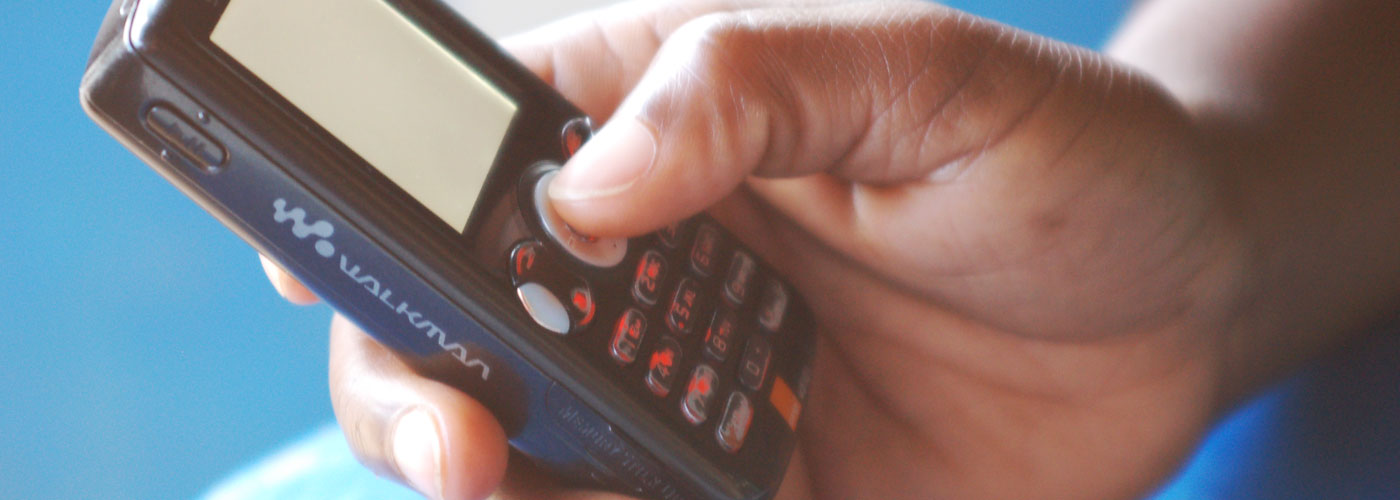With the current state of the economy, chief executives face perhaps the toughest public speaking assignment of all—rallying demoralized employees as they cope with potentially insecure jobs.
To support CEOs in this daunting endeavor, I wrote this post that reveals a series of speech structures used by incredible orators to fire up passions, while giving the reassurance of familiar storylines. It also gives tips on turning a mundane ‘the numbers are looking better’ address into a ‘join me in battle’ big idea.
Now, I’d like to reveal a few tricks that will help you turn your great ideas into a coherent whole. This is your path to crafting a great speech.
Start with the beginning, middle and end
It may sound simple, but it’s vital that you map out your first point, your halfway marker and your rousing concluding thought. Without them, your big idea becomes a firework on a foggy night.
It’s vital to map out the one thought in your speech that will get everyone out of their seat cheering at the end. Tweet This Quote
This is an inherently visual exercise. By that, I mean ditch the Word program and pull out a pad of Post-it notes. Write your big idea on a note at the top of the wall.
Then define where you want to start your story, what the moment of supreme tension in the middle should be, and the thought that will get everyone out of their seat cheering at the end. Hang these three thoughts on the wall. Then, show a few people. If they get it without any explanation, you’ve crafted the core of a very simple, powerful story. Now comes the fun part.
Fill in the story details
It’s time to put meat on the bones, adding the storytelling that leads us from start to middle to end. Again, this is a job for Post-its.
If people ‘get’ it without any explanation, you’ve crafted the core of a very simple, powerful story. Tweet This Quote
It’s critical you turn this into a team sport. You craft a version of the Post-it storyline, then invite colleagues in for a critique. Their primary job is to spot where your story gets stuck or meanders off the path. They also need to hang notes of their own, giving you suggestions on how to make your story flow more evenly.
Speaking of story
If you want to create a speech worth remembering, look for junctures in your Post-it storyline where you can inject personal stories and anecdotes. Not only will these give your audience a much-needed sense of your humanity (vital if you want them to follow you into battle) but they’ll make your speech much easier to remember.
If you want to create a speech worth remembering, inject personal stories and anecdotes. Tweet This Quote
When we work with clients at Your Ultimate Speech, we tell them they should be able to have their slideshow malfunction, their manuscript disappear, and their jet lag kick into high gear, and still give the best talk of the conference.
The only way they can do this is by peppering their talk with personal stories. If you’re nervous about delivering a tough speech to your team, rest assured you’re going to forget bits. The only way through is with stories you can tell in your sleep.
Slides? Depends
When I deliver a keynote, I normally use slides to illustrate and emphasize my point. When the president delivers a tough talk, he doesn’t.
Personally, I think slides are there to entertain. If you have to deliver tough news, entertainment seems less important than forging a powerful bond with your audience. Don’t let slides get in the way.

Al Gore’s famous hockey stick slide, showing the alarming rate of global warming rising temperatures.
Now, allow me to contradict myself. Al Gore’s hockey stick slide in An Inconvenient Truth was incredibly powerful and entertaining. Heck, every slide in that program was powerful. So, what to do? Read on.
Peer review
Try your speech out on as many people as possible before delivering it to your audience. Tweet This Quote
You want to try your speech out on as many people as possible before delivering it to your audience. This enables you to get unvarnished opinions on your content, stories, and whether or not you should be using slides.
Just as important, rehearsal helps you remember what you’re saying—you simply can’t be reading a battle cry speech out from a sheet of paper.
Coaching goes a long way
The opinions of your confidantes helps. But the opinion of someone trained to make good speakers better is invaluable.
If you have time, have a speech coach watch you rehearse. If you need a speech coach at 5 a.m. the day of your talk, give us a holler. We’re set up for that.
Your audience won’t believe in you if you don’t believe in the words you’re saying. Tweet This Quote
Believe
A speech isn’t a play. It’s important to rehearse your lines, but in the end, that’s not what it’s about. Ultimately, this will only work if your audience believes in you. They won’t believe in you if you don’t believe the words you’re saying.
Don’t worry if you get a line or two wrong. Chances are, nobody will remember your lines. They’ll remember your passion. They’ll remember your fire. They’ll remember that somehow, there was something in the air that gave them hope for the future.
Mission accomplished.
A version of this post originally appeared on Marc’s LinkedIn.



